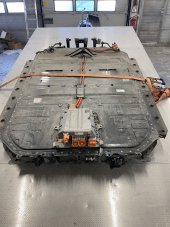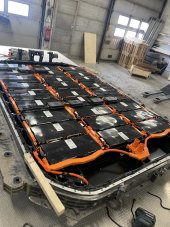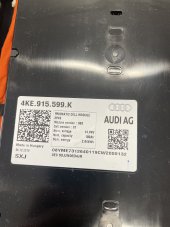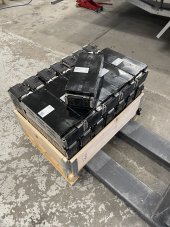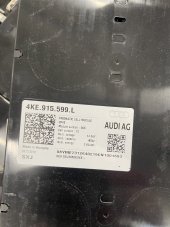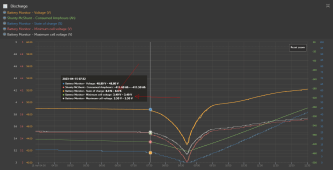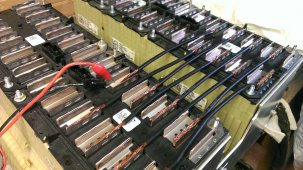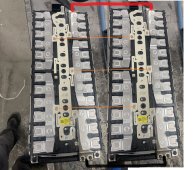SwedishDIYer
New Member
Hi! First time poster here.
I currently have an Audi E-Tron battery pack that I want to use to make a powerwall.
The battery pack is 71kWh, has 27 modules with 12 cells each. Each cell is 3,66 volt and 60Ah. It’s LG Chem and model LGX N2.1.
I’d like to build a 3 phase battery storage out of this, preferably compatible with my Growatt solar system, but I can also do with a “stand alone” solution.
Any pointers on what else I need? BMS, inverter and so on.
Best regards!
I currently have an Audi E-Tron battery pack that I want to use to make a powerwall.
The battery pack is 71kWh, has 27 modules with 12 cells each. Each cell is 3,66 volt and 60Ah. It’s LG Chem and model LGX N2.1.
I’d like to build a 3 phase battery storage out of this, preferably compatible with my Growatt solar system, but I can also do with a “stand alone” solution.
Any pointers on what else I need? BMS, inverter and so on.
Best regards!



